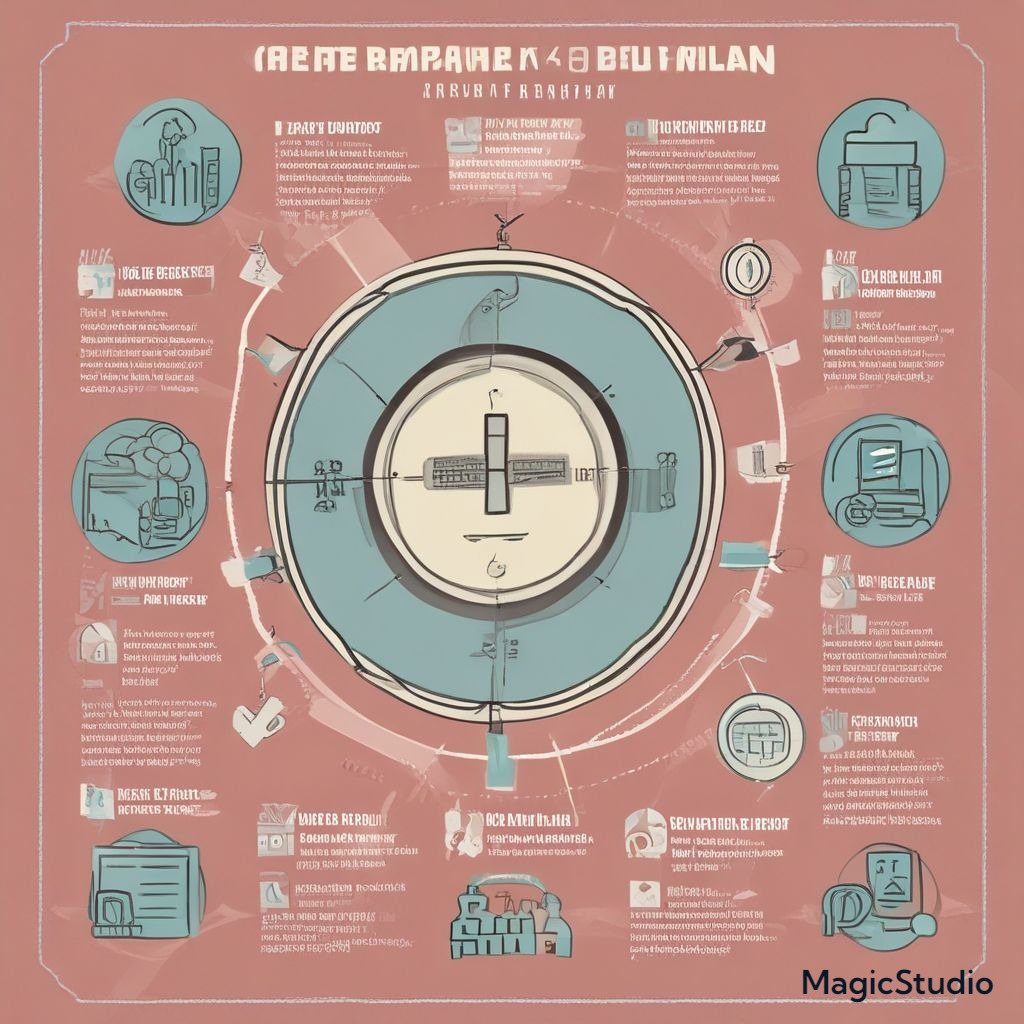Debt can feel overwhelming, but with a well-structured debt repayment plan, you can take control of your finances and work towards a debt-free future. Whether you’re dealing with credit card debt, student loans, or personal loans, creating a solid repayment strategy is essential. In this blog, we’ll guide you through the steps to create an effective debt repayment plan that aligns with your financial goals.
1. Assess Your Financial Situation
The first step in creating a debt repayment plan is to understand your current financial situation.
How to Assess:
- List All Debts: Write down each debt, including the creditor’s name, total amount owed, interest rate, and monthly payment. This will give you a clear picture of your total debt burden.
- Calculate Your Monthly Income: Determine your total monthly income from all sources. This helps you see how much money you have available to allocate toward debt repayment.
2. Create a Budget
A budget is essential for managing your finances and ensuring you can make consistent payments toward your debts.
Budgeting Tips:
- Track Expenses: Monitor your monthly expenses for a month to identify where your money is going. Categorize these expenses into needs (e.g., rent, utilities) and wants (e.g., dining out, entertainment).
- Allocate Funds for Debt Repayment: Determine how much you can realistically allocate toward debt repayment each month after covering essential expenses.
3. Choose a Debt Repayment Strategy
There are several effective debt repayment strategies. The best one for you will depend on your financial situation and preferences.
Popular Strategies:
- Debt Snowball Method: Focus on paying off the smallest debts first while making minimum payments on larger debts. This method provides psychological motivation as you celebrate small wins.
- Debt Avalanche Method: Prioritize paying off debts with the highest interest rates first. This strategy minimizes the total interest paid over time and can lead to faster debt repayment.
- Hybrid Approach: Combine both methods by tackling high-interest debts while still making minimum payments on smaller debts for motivation.
4. Negotiate Lower Interest Rates
If you have high-interest debts, negotiating lower interest rates can significantly reduce the total amount you pay over time.
Negotiation Tips:
- Contact Creditors: Reach out to your creditors and explain your situation. Ask if they can lower your interest rate or offer a hardship program.
- Consider Balance Transfers: For credit card debt, explore balance transfer offers with lower interest rates. Just be cautious of fees and ensure you have a plan to pay off the transferred balance.
5. Automate Your Payments
Automating your debt payments can help you stay consistent and avoid late fees.
Automation Steps:
- Set Up Automatic Transfers: Use your bank’s online banking features to set up automatic transfers for your monthly debt payments. Choose a date shortly after your paycheck arrives to ensure funds are available.
- Monitor Your Accounts: Regularly check your accounts to ensure payments are being processed correctly and adjust as needed.
6. Cut Unnecessary Expenses
Finding extra money in your budget can help accelerate your debt repayment efforts.
Expense-Cutting Tips:
- Identify Non-Essential Spending: Review your budget to identify areas where you can cut back, such as dining out, subscription services, or entertainment.
- Redirect Savings Toward Debt: Allocate any savings from cutting expenses directly to your debt repayment plan.
7. Increase Your Income
Increasing your income can provide additional funds for debt repayment.
Income-Boosting Ideas:
- Side Hustles: Consider taking on part-time work or freelance projects to earn extra money.
- Sell Unused Items: Declutter your home and sell items you no longer need on platforms like eBay or Facebook Marketplace.
8. Monitor Your Progress
Regularly reviewing your debt repayment plan is crucial for staying motivated and making adjustments as necessary.
Progress Tracking:
- Create a Debt Repayment Chart: Use a visual chart or spreadsheet to track your progress. Seeing your debt decrease can motivate you to stay on track.
- Celebrate Milestones: Acknowledge and celebrate when you pay off a debt or reach a significant milestone. This keeps your momentum going.
9. Seek Professional Help If Needed
If your debt situation feels unmanageable, consider seeking help from a financial advisor or credit counselor.
When to Seek Help:
- Debt Counseling: Non-profit credit counseling agencies can help you create a repayment plan and negotiate with creditors.
- Debt Management Plans (DMPs): A DMP can consolidate your debts and provide a structured repayment plan, often with reduced interest rates.

